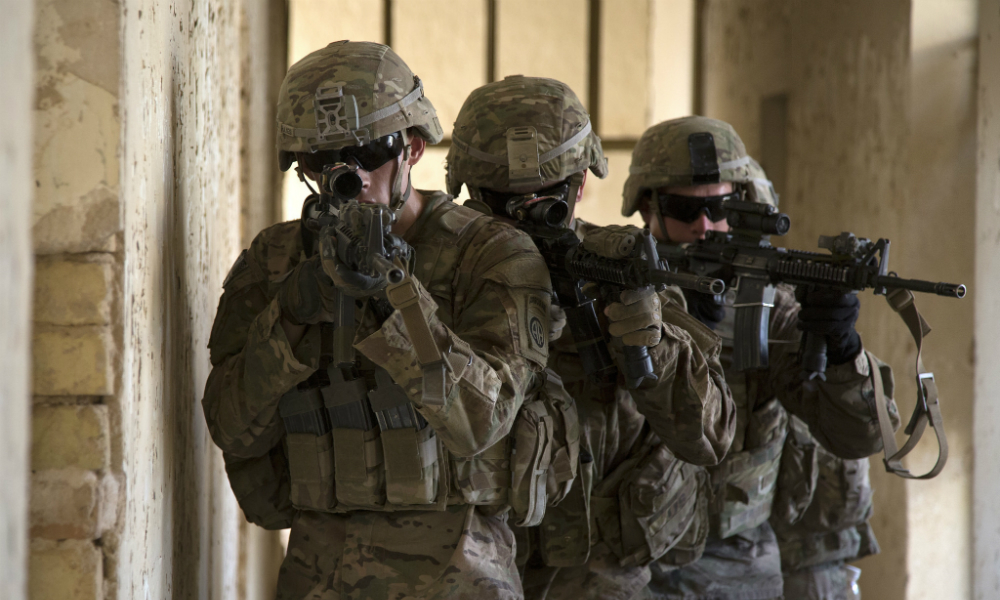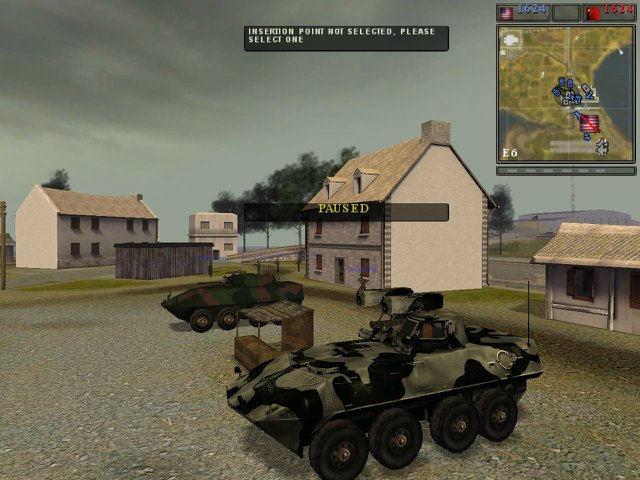

Aiming is limited-much like when using a bipod or while prone-and very shaky. While parachuting, the player will drift forward. Falls from a certain height may be fatal to the player while also being less than needed to open the parachute properly. To avoid fall damage and death, players must now deploy their chute at a sufficient altitude to slow their descent. In Battlefield 3, a parachute takes time to deploy.

In both instances, the parachute user may escape with no damage. It is also possible for infantry above the parachutist to receive fatal falling damage on hitting the canopy. This can cause an air vehicle at full health to be completely demolished on contact with a parachute. While the player is vulnerable to fire, the parachute canopy itself is considered an indestructible object. It also has next to no steering capacity, which means the player will 90% of the time land directly beneath where the parachute is deployed. It is most commonly used when exiting a Titan from the rear decks, or bailing from a Gunship.

It is less frequently seen in the game, as bailing out of certain vehicles puts the player into an assault pod. The Parachute in Battlefield 2142 can be opened by pressing Jump whilst having been falling for over one second, and being some distance from the ground and any adjacent walls. Parachutes do not appear in the Secret Weapons of WWIIexpansion pack, instead being replaced with a jet pack. The falling speed is reduced, no damage will be taken upon landing and the player can fire their weapons, although with a loss of accuracy. Once deployed, the effects are immediate. The player must also be falling nearly vertically and at a certain height, otherwise the parachute will not deploy. The player must be moving at a sufficient speed to take damage, otherwise the parachute is unnecessary. In Battlefield 1942, the parachute can be deployed when falling, though there are several restrictions on this criterion.


 0 kommentar(er)
0 kommentar(er)
